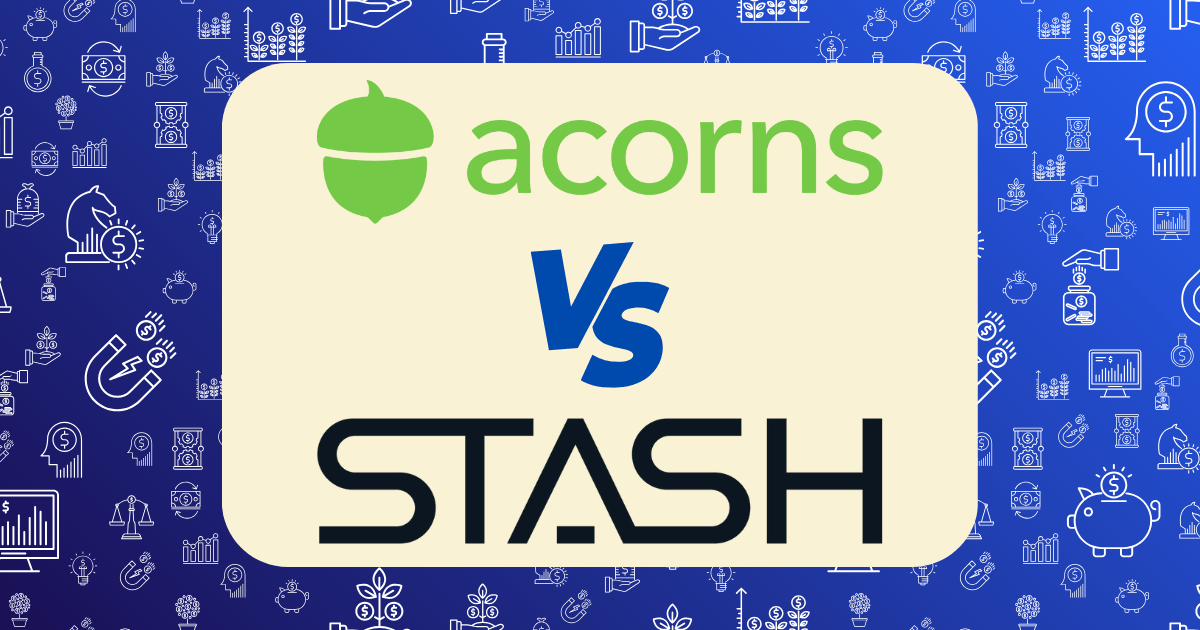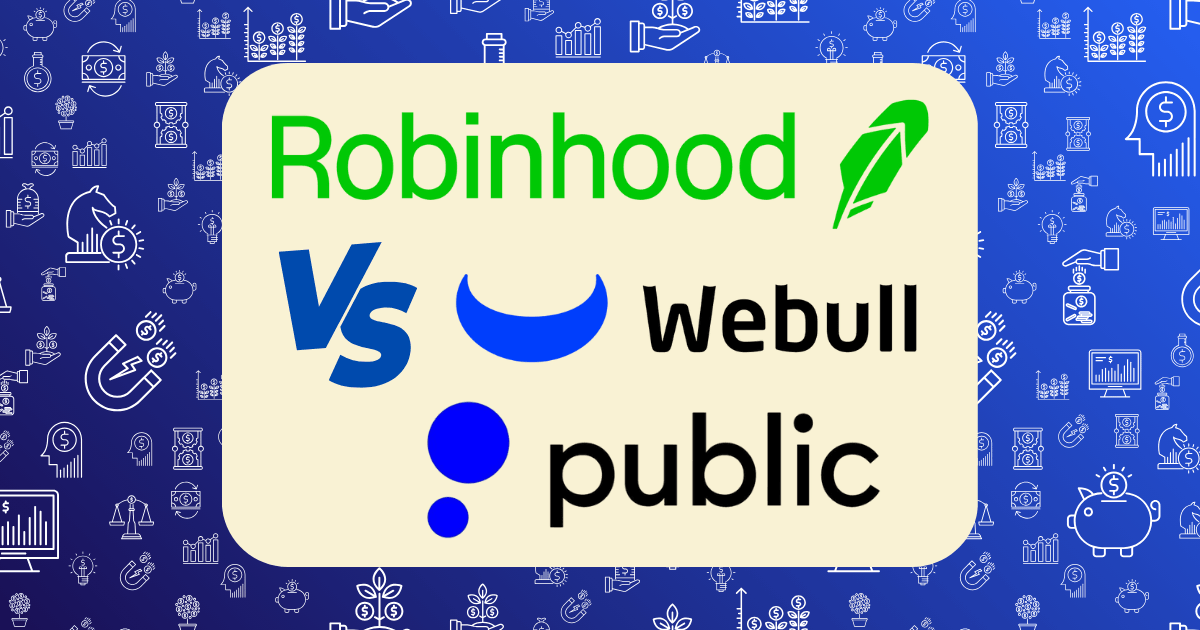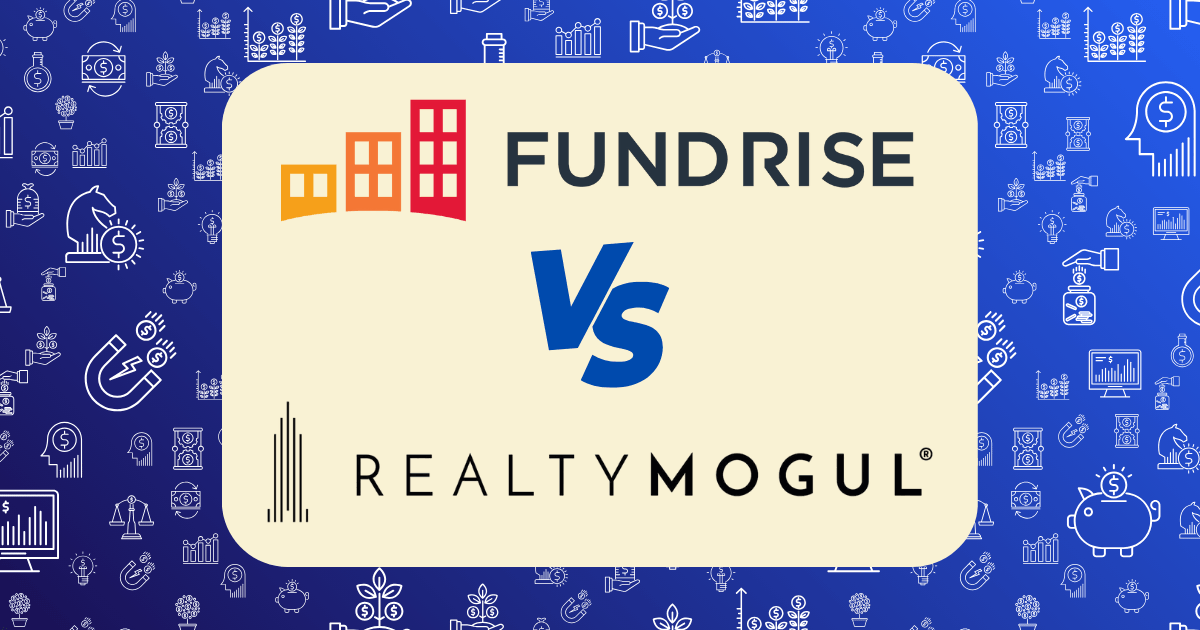Acorns vs Stash: Which Micro-Investing App Grew My $500 Investment Faster?

When I decided to test the waters of micro-investing last year, I was faced with the same dilemma many beginners encounter: Acorns or Stash? Rather than relying on reviews alone, I took a data-driven approach by investing $500 in each platform and tracking their performance over six months. The results were enlightening—and might surprise you.
Why Micro-Investing Apps Matter for Wealth Building
Before diving into my findings, let’s address why micro-investing deserves your attention. In an economy where 78% of Americans live paycheck to paycheck, the psychological barrier to traditional investing remains high. Micro-investing platforms dismantle this barrier by allowing investments with as little as $5.
As behavioral economist Dan Ariely has demonstrated, small, consistent actions compound over time to create significant change. This principle applies perfectly to wealth building through micro-investing.
The Experiment: $500 in Each Platform
To ensure a fair comparison, I deposited $500 into both Acorns and Stash on the same day and selected comparable investment strategies:
- Acorns: Moderately Aggressive Portfolio
- Stash: Growth Portfolio
I made no additional contributions during the six-month period to isolate platform performance. Here’s what happened.
Fee Structures: The Silent Wealth Eroder
Before revealing the growth numbers, understanding the fee structures is crucial as they directly impact returns:
Acorns:
- Bronze: $3/month
- Silver: $6/month
- Gold: $12/month
Stash:
- Growth: $3/month
- Stash+: $9/month
For my experiment, I used Acorns Bronze and Stash Growth. With a $500 investment, the $3 monthly fee represents a substantial 7.2% annual fee—significantly higher than traditional investment management fees of 0.25-1%.
This fee structure creates an important psychological insight: micro-investing platforms become more cost-effective as your investment grows. At $3,000 invested, that same $3 fee represents just 1.2% annually.
Performance Results: The Numbers Don’t Lie
After six months, here’s how each platform performed:
Acorns:
- Starting amount: $500
- Ending amount: $538.47
- Total return: 7.69%
- Return after fees: 1.69%
Stash:
- Starting amount: $500
- Ending amount: $544.82
- Total return: 8.96%
- Return after fees: 2.96%
Winner: Stash outperformed Acorns by 1.27% after accounting for fees.
Beyond the Numbers: User Experience Matters
Investment returns tell only part of the story. The psychological aspects of investing—how the platform encourages consistent behavior—can be equally important for long-term wealth building.
Acorns: Automated Wealth Building
Acorns excels at making investing truly passive through:
- Round-Ups: Automatically investing spare change from purchases
- Found Money: Cash back from partner merchants gets invested
- Recurring Investments: Easy setup for daily, weekly, or monthly contributions
The platform’s design leverages loss aversion psychology by making the investment process nearly invisible. You’re less likely to feel the “pain” of parting with your money.
Stash: Educational Approach
Stash takes a different psychological approach, focusing on:
- Investment Education: In-app lessons about market fundamentals
- Stock-Back® Card: Earning fractional shares when shopping at certain retailers
- DIY Options: More control over specific investments
This approach aligns with research showing that financial education improves investment outcomes by developing intrinsic motivation rather than relying solely on automation.
The Hidden Factor: Account Type Selection
One critical insight emerged during my experiment: account type significantly impacts performance. Both platforms offer:
- Personal investment accounts
- Retirement accounts (Traditional/Roth IRA)
- Custodial accounts
For my experiment, I used personal investment accounts. However, using tax-advantaged retirement accounts would have improved long-term performance bydeferring or eliminating taxes on gains.
Which Platform Is Right For You?
Based on my experience, here’s who should choose each platform:
Choose Acorns if:
- You struggle with saving discipline
- You prefer a “set it and forget it” approach
- You value simplicity over investment selection
- You have at least $1,000 to invest (to minimize fee impact)
Choose Stash if:
- You want to learn while investing
- You prefer selecting individual stocks and ETFs
- You enjoy being more hands-on with your investments
- You’re interested in socially responsible investing options
Maximizing Returns on Either Platform
Regardless of which platform you choose, implement these strategies to optimize performance:
- Increase your investment amount to minimize the impact of flat monthly fees
- Use tax-advantaged accounts when possible
- Set up recurring investments to benefit from dollar-cost averaging
- Utilize platform-specific benefits (Round-Ups for Acorns, Stock-Back® for Stash)
- Review portfolio allocation quarterly to ensure it still matches your goals
The Psychological Edge: Consistency Over Amount
Perhaps the most valuable insight from my experiment wasn’t about which platform performed better, but how both transformed my relationship with investing. As research from the Journal of Consumer Research has shown, the frequency of positive financial behaviors matters more than their magnitude.
By making investing accessible and routine, both platforms helped overcome the psychological barriers that prevent many from building wealth. The key is starting—even with just $500—and maintaining consistency.
Conclusion: The Best Investment Is the One You Make
While Stash edged out Acorns in my experiment, the difference was relatively small. The more important takeaway is that both platforms delivered positive returns and created sustainable investing habits.
The true winner isn’t Acorns or Stash—it’s the investor who takes action. As the Chinese proverb says, “The best time to plant a tree was 20 years ago. The second best time is now.”
Have you tried either of these platforms? What has your experience been? Share in the comments below.







